

Community Needs and Development Aspirations
The various problems confronting the inhabitants of the Municipality have been listed and ranked in their order of severity below:
Major Development Issues
The new concept of development has given rise to varied views and perceptions of development. The new concept of development led to a shift from the assessments of development using only economic indicators. Development has now been generally seen as the upward movement of the entire social system being it economic or non economic.
The economic indicators of development may include improvement in per capita income; GDP growth among others whiles the non economic indicators include increase in literacy rates, reduction in environmental degradation and pollution, high employment rates and other positive social issues that can improve the living conditions of the people. The interactions with the various Area Council members in the Ejisu-Juaben Municipal gave an overview of their perception of development, major developmental problems and their development priorities.
Hwereanum Area Council- Perception of Development
The people of the Area Council basically saw development in terms of the improvement in their human resource base, improved access to social and economic infrastructure and the effective participation of the people in decision making. The various perception of development of the people of the Hwereanum Area Council has listed below:
Growth of towns through the provision of basic needs
Improvement in infrastructure
Provision of basic needs
Satisfaction in terms of needs
Expansion of economic infrastructure
Improvement in economic activities and increase access to social services
Provision of jobs and elimination of dependency
Development of skills and capabilities in ones vocation
Improvement in sanitation and environmental health
Participation, elimination of apathy and cooperation among the masses
High incidence of drug usage
Vulnerability
The major functions of the department of social welfare include community care, child rights and protection and justice administration. Community Care seeks to rehabilitate individuals with disability within their communities with the active participation of the family and the community. Child Rights on the other hand provide welfare services, registration and inspection of day care centres whiles Justice Administration deals with the preparation of social enquiry reports, liaison duties for the courts, supervision of offenders placed on probation among others.
There are some traditional beliefs and norms in the district that impede the development of the vulnerable and excluded. These marginalized people especially the physically challenged persons are regarded as curse from the gods and for that matter, society shun their company. They are normally left to their own fate and survival.
The issue of broken homes is very alarming in the district. About 60-70percent of cases reported to the Department of Social welfare are cases related to broken homes. Streetism in the district is not all that serious as compared to the urban centres. The rate of infection of HIV/AIDS in the district is very high as about 737 cases were reported in both at Juaben and Ejisu Hospital between 1999 and the first quarter of 2006.
The major problems facing the department include inadequate staff, funds and logistics. There is therefore the need for the department to be resourced financially and equipped with the necessary logistics to ensure the effective operation of the department. Over the years the department has been able to reduce parental neglect, juvenile delinquency and other social problems in the district through its operations. A lot of marriage reconciliation has also been promoted.
The District has not experience any serious problem with the aged as there is an existing traditional social safety mechanism to deal with problems of the aged. Despite the numerous problems facing the Department of Social Welfare, people still regard it as one of the most important government agencies and therefore if adequately resourced; it will go a long way to help implement government programmes and projects related to social problems thus helping to reduce psycho-social problems. The major development priorities of the department include:
To provide professional social welfare services to ensure that that the statutory responsibilities of the agencies are carried out.
To promote access to social services for the disadvantaged, vulnerable and marginalized.
To promote social, economic and emotional stability in families.
To promote poverty reduction and ensure income security among the vulnerable, marginalized and disadvantaged.
To create awareness on the prevention and control of HIV/AIDS.
The fourth round of the Ghana Living Standard Survey (GLSS 4) and several participatory poverty assessments provide an insight into vulnerability in Ghana. The description of the extreme poor by GLSS 4 in particular offers a starting point for understanding vulnerability in Ghana. GLSS 4 defines the extreme poor as those whose standard of living is insufficient to meet their basic nutritional requirements even if they devoted their entire consumption budget to food. The situation of extreme poverty as well as the difficulties faced by women (disadvantaged women) is disturbing, given that the victims are faced with long periods of hunger every year.
GLSS 4 and Participatory Poverty Assessments survey identify the extreme poor or Vulnerable and the excluded to include the following:
Rural agricultural producers, particularly migrant farm hands, settlers and traditional fishermen and food crop farmers in the country are extremely poor. In addition, food crop farmers contribute nearly two-thirds of total extreme poverty; almost double its share of the total population.
Children in difficult circumstances, including the quarter of children under five who are malnourished, victims of child labour, street children, about a quarter of children of school going age who are not in school, who have dropped out of primary school, children living in institutions and children orphaned by HIV/AIDS.
People living with HIV/AIDS, including infected persons and families of people living with HIV/AIDS.
Displaced communities, particularly those subjected to periodic flooding/drought, negative effects of mining and tourism and ethnic conflicts.
Disadvantaged women, particularly single mothers, malnourished rural pregnant and nursing mothers, teenage mothers, Kayayo and commercial sex workers.
The other vulnerable and excluded groups in the District include residents of urban slums, the elderly who have no access to family care and pension, Physically-challenged persons, particularly those without employable skills, people suffering from chronic diseases, including victims of debilitating diseases such as tuberculosis, buruli ulcer, guinea worm, trachoma, bilharzias and breast cancer, Drug Addicts, Victims of abuse, particularly children.
Others are women suffering from sexual abuse and battery, victims of harmful traditional practices, especially victims of harmful widowhood rites, early marriage, servitude, fosterage and perceived witchcraft and unemployed, especially unskilled retrenched workers and the unemployed youth. From the above definitions, there is the need to develop policies to cover the people in such categories.
Poverty is defined as the economic condition in which people lack sufficient income to obtain certain minimal levels of health services, food, housing, clothing, and education generally recognized as necessary to ensure an adequate standard of living. What is considered adequate, however, depends on the average standard of living in a particular society. The Ghana Living Standard (1999) has established the poverty line as within the upper limit and the lower limit.
The Ghana Living Standards Survey derives two nutrition-based lines of poverty. The poverty line is the consumption expenditure needed to achieve minimum nutritional needs. Overall poverty is based on an upper poverty line of 900,000 cedis per adult per year. Extreme poverty is based on a poverty line of 700,000 cedis per adult per year.
From the Lorenz curve, the Gini-Concentration of 0.4 is more close to perfect inequality and it can be seen that, 50% of the people possess only 10% of the income of the district. It can therefore be said that, there is unequal distribution of income in the district which is an indication of poverty within the district. The analysis of the incidence of poverty within the sectors of the economy reveal the following; about 36.4% of those employed in agriculture are not poor, 12.1% are poor and 51.5% are very poor.
In other words five out of every ten farmers in the district are very poor. In the service sector, 48.4% are not poor, 18.8% are poor and 32.85 are very poor. In the industrial sector, 63.2% are not poor, 15.8% are poor and 21% are very poor. From these analyses it can clearly be observed that the agricultural sector is worst hit by the incidence of poverty, that is, 51.5% are very poor.
In all, about 49.3% of the districts population is considered to be not poor by the standard above, 15.6% are poor and 35.1% are very poor. This means that about five out of every ten people in the district are poor/very poor. This is slightly higher than the regional figures where 30% or three out of every ten people are poor/very poor (source: GPRS, 2002-2004).
Date Created : 11/27/2017 3:37:01 AM



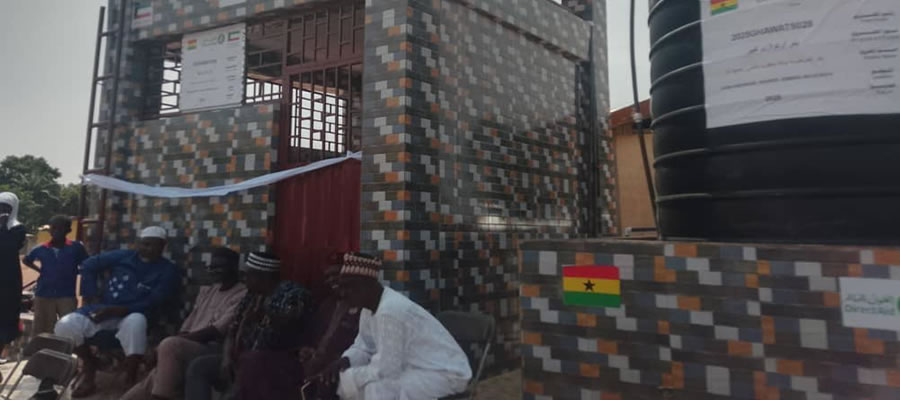
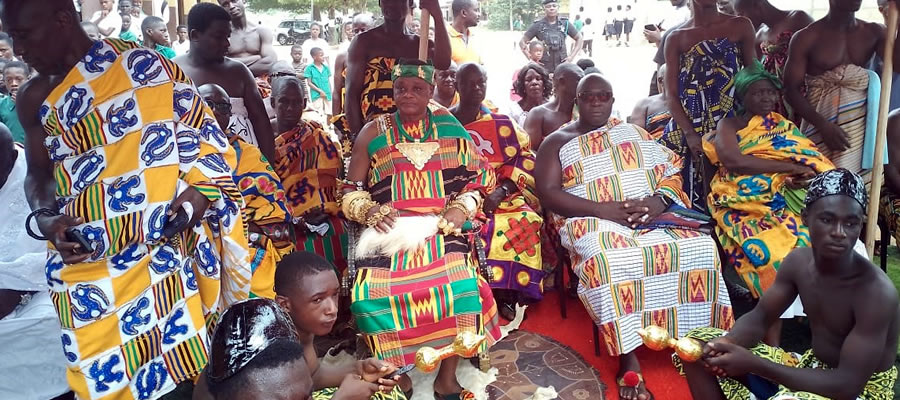
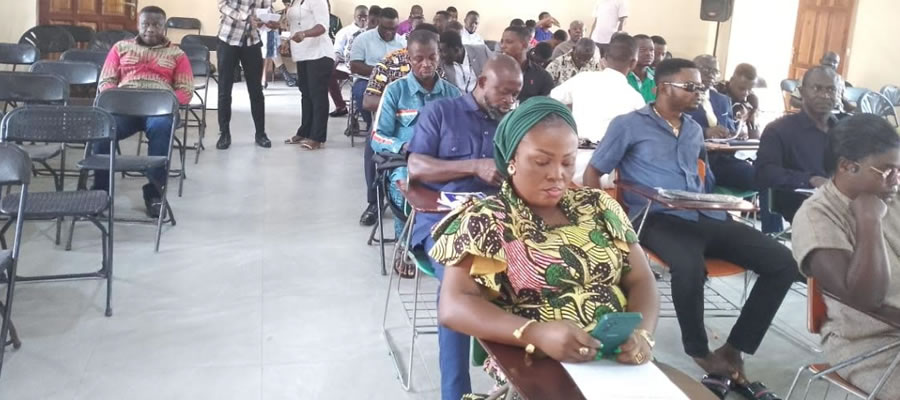
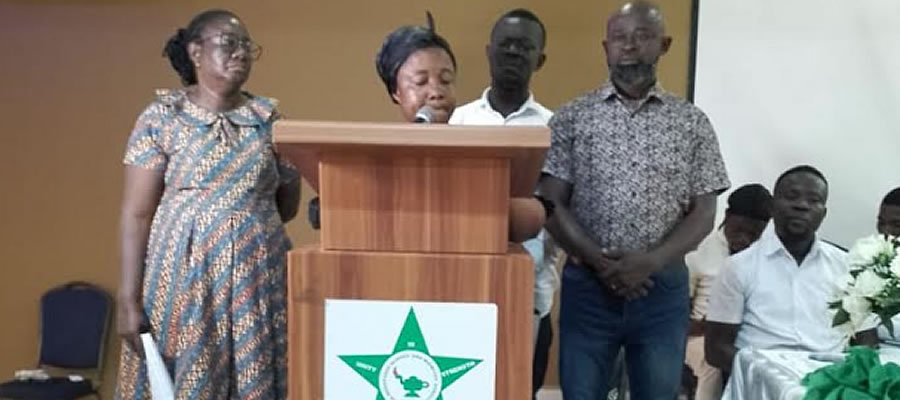
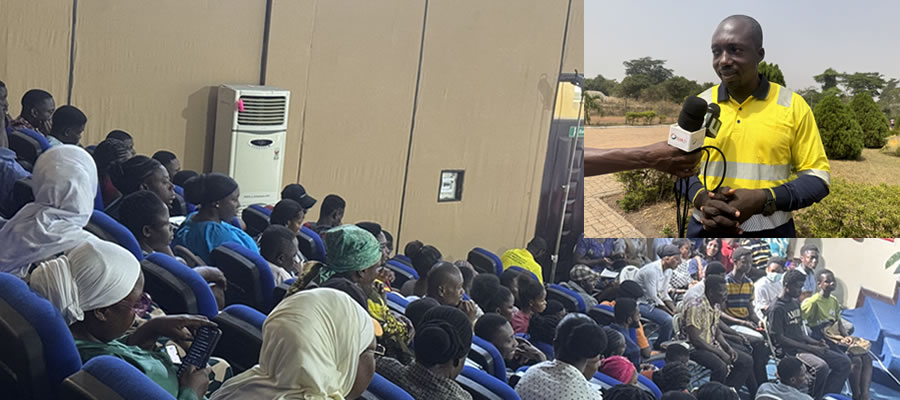





 facebook
facebook
 twitter
twitter
 Youtube
Youtube
 +233 593 831 280
+233 593 831 280 0800 430 430
0800 430 430 GPS: GE-231-4383
GPS: GE-231-4383 info@ghanadistricts.com
info@ghanadistricts.com Box GP1044, Accra, Ghana
Box GP1044, Accra, Ghana